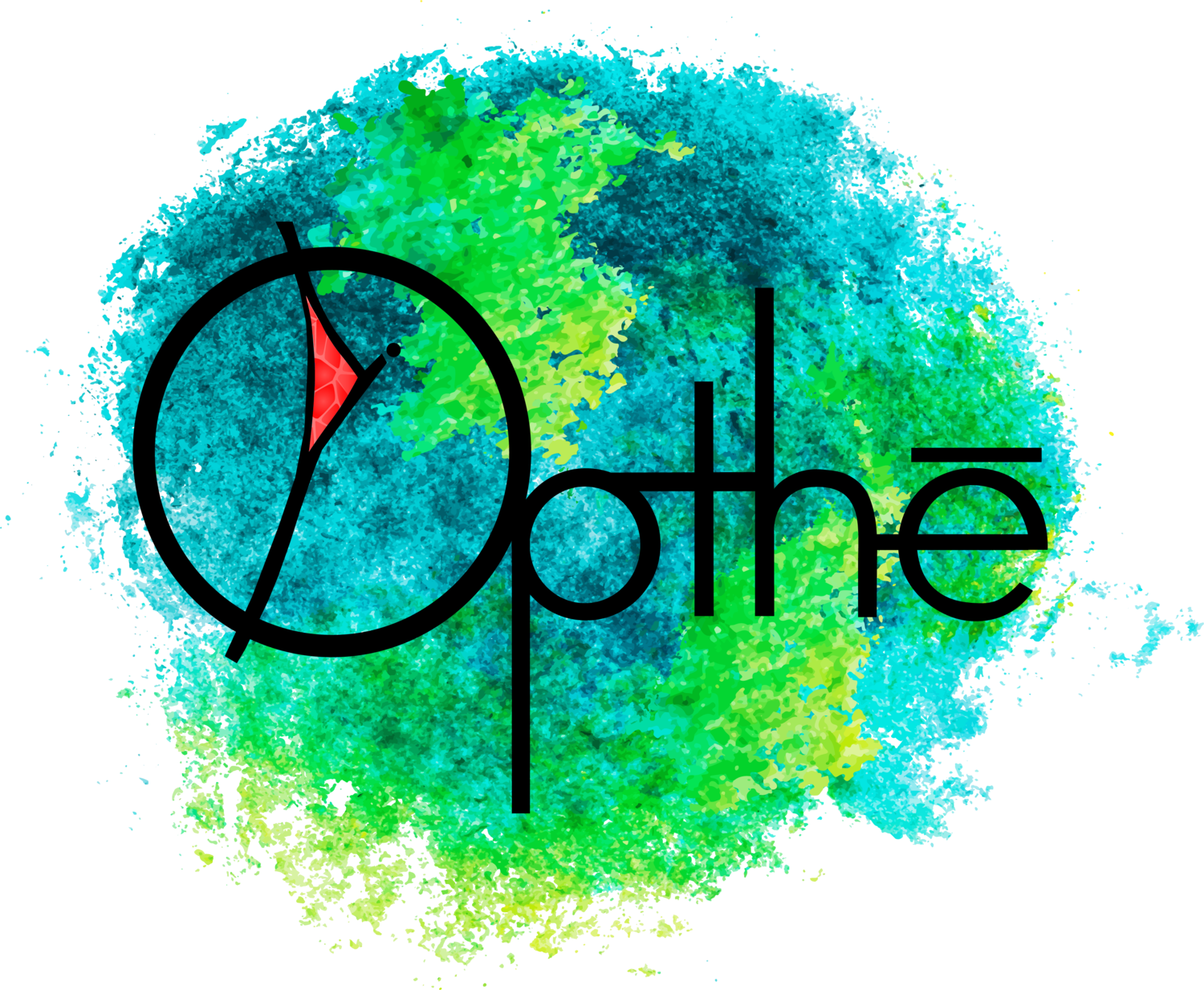The Discipline That Protects the Sacred from Turning into a Lie
(Coherence Series Part III)
There is a moment—subtle, seductive—when a living truth begins to harden. It happens in every religion, every ideology, every movement, every nation, and in every human heart.
A pattern makes sense. A community recognizes it. It works. It heals. It clarifies.
And then, slowly, it solidifies.
What once lived becomes doctrine. What was once wondered becomes certainty. What once opened the world now begins to close it.
In such a moment, coherence—our deepest instrument of meaning—becomes dangerous.
Opthē begins its theology here, because we refuse to repeat the sins of both religion and modernity: the sin of mistaking truth-in-motion for truth-in-stone.
I. The Crucial Distinction: Doctrine vs. Coherence
Doctrine pretends to be eternal. Coherence accepts that it is provisional.
Doctrine demands obedience. Coherence demands vigilance.
Doctrine rescues people from complexity with prepackaged certainty. Coherence confronts complexity with disciplined clarity.
Doctrine dies the moment the world changes. Coherence lives precisely because the world changes.
Opthē takes a stand on this distinction.
Coherence is not sacred because it is tidy. Coherence is meaningful because it remains alive.
II. What Makes Coherence Sacred?
Coherence, by itself, is neutral. Sacred coherence is designated as sacred because it aligns truthfully with reality and serves life, responsibility, and the common good.
It contains four essential elements:
1. Communal designation
It becomes sacred because a community recognizes and affirms it together, not because it possesses any metaphysical property.
2. Alignment with truth and reality
Sacred coherence must remain open to evidence, critique, and revision. When it stops adjusting to reality, it loses its sacredness.
3. Service to life
It must increase the welfare of the Earth and all that lives upon it. Anything that harms life forfeits sacredness, no matter how “coherent” it appears.
4. Ethical responsibility
It must deepen agape-gratia—the discipline to act for the good of life even when emotion or comfort resists.
Sacred coherence is not a different “type” of coherence—it is coherence held with disciplined intention, communal responsibility, and ethical clarity.
Without these dimensions, coherence becomes merely functional. With them, coherence becomes a sacred vocation.
III. Why Frozen Coherence is Dangerous
Frozen coherence does not look dangerous at first. It looks reassuring. Comforting. Stable. It promises safety.
But here is what it actually does:
It stops noticing new information.
It repels challenge as though challenge were a threat.
It becomes self-protective instead of world-attentive.
It sanctifies its survival instead of the truth.
It drifts into cultural distortion—clean on the surface, rotten underneath.
This is how empires collapse. This is the process by which religions devolve into violence. How democracies rot from within. How good people lose their moral vision.
It always begins with the same gesture: a truth ossifies.
IV. Sacred Coherence Lives at the Threshold
Coherence is not a final state. It is a living alignment—a tension, a vigilance, a responsiveness.
It is refined at the threshold between what we know and what the world reveals next.
If coherence stops at the edge, if it refuses the next truth, if it clings to its current form—it becomes counterfeit.
We call coherence sacred only when it remains open. It becomes sacred only when it undergoes evolution. Only when it risks being changed by reality.
Every moment of new understanding is an invitation to keep coherence alive.
V. The Spiritual Discipline of Vigilance
Opthē replaces faith with vigilance. Vigilance is our spiritual praxis, our discipline, and our daily rigor.
To be vigilant is to:
listen for distortion in ourselves,
correct our own narratives,
resist the seduction of certainty,
invite challenge without defensiveness,
examine blind spots without shame,
disentangle emotion from ideology,
let evidence revise our understanding,
trust communal discernment,
reject comfort when comfort contradicts truth.
Vigilance is not paranoia. It is integrity. It is how coherence stays honest. Without it, coherence dies.
VI. Yeshua and the Catastrophe of Frozen Righteousness
Yeshua’s conflict with his tradition was not about Judaism. It was about frozen coherence.
He saw righteousness calcified into purity law. Mercy trapped beneath the weight of moral perfection. Judgment weaponized against the poor. Holiness treated as exclusion rather than solidarity.
Therefore, he took an unprecedented step: he declared the judgment as having already taken place. No one was righteous. Everyone was forgiven.
Hesed—not punishment—was the heart of reality.
He didn’t abolish the structure. He broke it open. Thawed a frozen coherence. Made it breathe again.
Opthē inherits this impulse, without metaphysics, deity, or absolutes: Coherence must never freeze. Hesed must never become law. Sacredness must never become self-protective.
VII. What Happens When Coherence Stays Alive
When coherence remains alive and vigilant:
Sacredness becomes trustworthy.
Community becomes a site of clarity, not control.
Truth becomes something we pursue together.
Ego loses its grip.
Sentiment loses its intoxication.
Action becomes responsible, not reactive.
Agape-gratia becomes a way of life.
Creativity flourishes.
Justice becomes grounded.
Compassion becomes practical and intelligent.
Meaning grows rather than ossifies.
In a world starving for clarity, living coherently becomes a form of love.
VIII. The Closing Invocation
We keep coherence sacred only by keeping it alive.
We keep it alive only by refusing to freeze it in doctrine, legend, certainty, or comfort.
Coherence is near to us—but never guaranteed.
It must be tended, watched, challenged, refined, and lived.
For coherence does not demand belief. It demands attention.
And in an entropic cosmos with no inherent meaning, attention is the holiest act we perform.

